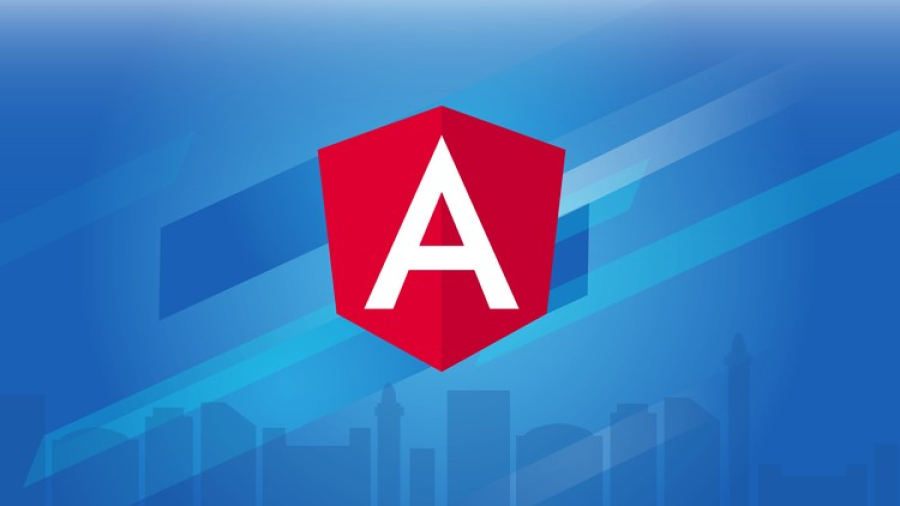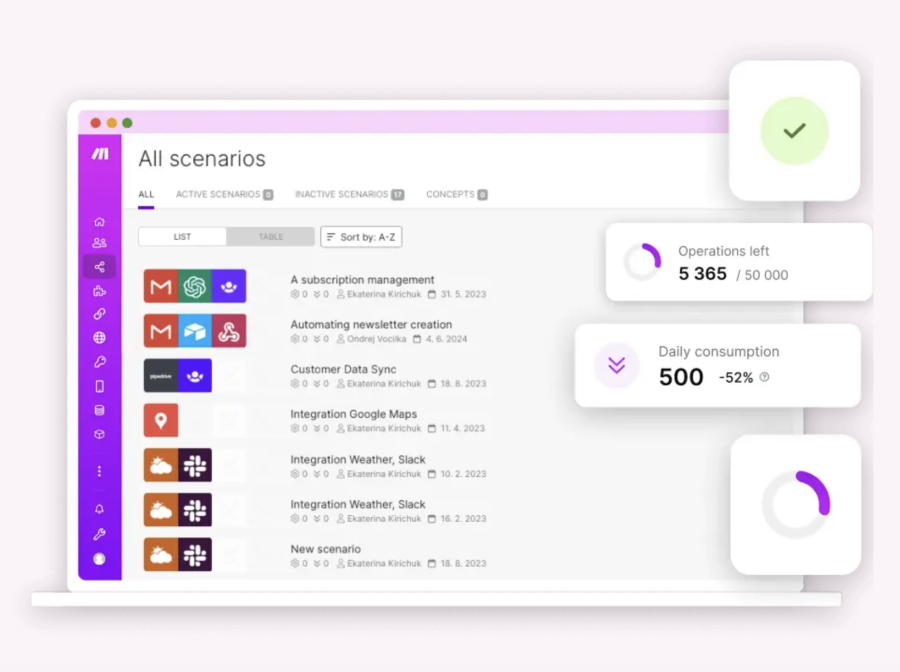Angular: The Complete Guide to Modern Web Development
Introduction
Angular is a powerful, open-source frontend framework developed by Google for building dynamic, scalable, and high-performance web applications. With its component-based architecture, TypeScript support, and two-way data binding, Angular is widely used for developing single-page applications (SPAs) and enterprise-grade solutions.
This article explores Angular’s key features, architecture, installation, and best practices to help you get started with this powerful framework.
1. What is Angular?
Angular is a TypeScript-based framework designed to build dynamic web applications. Initially released as AngularJS (2010), it was later rewritten as Angular 2+ (2016) and has since evolved into a modern framework for developing SPAs and enterprise applications.
Key Features of Angular
✅ Component-Based Architecture – Modular and reusable UI components
✅ Two-Way Data Binding – Automatic synchronization between the model and the view
✅ Dependency Injection – Built-in mechanism for better modularity
✅ Directives & Pipes – Enhancing HTML functionality and transforming data
✅ Powerful Routing System – Single-page navigation with Angular Router
✅ Reactive Programming with RxJS – Asynchronous data handling
✅ Built-in Testing Tools – Unit and end-to-end testing support
✅ TypeScript Support – Strong typing for better maintainability
2. Why Choose Angular?
2.1 Strong Structure for Large-Scale Applications
Unlike libraries like React, Angular is a full-fledged framework with built-in tools for routing, state management, and form handling. This makes it ideal for enterprise applications.
2.2 TypeScript for Scalability
Angular is built with TypeScript, which provides strong typing, object-oriented programming (OOP) concepts, and better debugging capabilities.
2.3 Two-Way Data Binding for Reactive UI
Angular’s two-way data binding keeps the UI and model in sync, reducing boilerplate code and improving development efficiency.
2.4 Dependency Injection for Code Reusability
With dependency injection (DI), Angular ensures better modularity, testability, and maintainability.
2.5 Robust Ecosystem and CLI
Angular’s CLI (Command Line Interface) simplifies project setup, builds, and deployments. The framework also integrates well with tools like RxJS, NgRx, and Firebase.
3. Angular vs. Other Frontend Frameworks
| Feature | Angular | React | Vue.js |
|---|---|---|---|
| Language | TypeScript | JavaScript | JavaScript |
| Architecture | Full Framework | Library | Progressive Framework |
| Data Binding | Two-Way | One-Way | Two-Way |
| State Management | Built-in (RxJS, NgRx) | Redux | Vuex/Pinia |
| Performance | ✅ Optimized | ✅ Fast | ✅ Fast |
| Learning Curve | ❌ Steep | ✅ Moderate | ✅ Easy |
Angular is the best choice for large-scale, structured applications, whereas React and Vue are better suited for lightweight, flexible projects.
4. Getting Started with Angular
4.1 Installing Angular CLI
The Angular CLI is the best way to set up an Angular project. Install it using npm:
npm install -g @angular/cli
Create a new Angular project:
ng new my-angular-app
cd my-angular-app
ng serve
Visit http://localhost:4200 to see the running application.
4.2 Angular Project Structure
my-angular-app/
│── src/
│ ├── app/ # Main application logic
│ ├── assets/ # Static files
│ ├── environments/ # Environment-specific settings
│ ├── main.ts # Entry point
│ ├── index.html # Root HTML file
│ ├── styles.css # Global styles
│── angular.json # Project configuration
│── package.json # Dependencies
5. Creating Components in Angular
Angular applications are built with components, which contain HTML (view), CSS (styles), and TypeScript (logic).
5.1 Generating a Component
ng generate component my-component
5.2 Example: Basic Component
// my-component.component.ts
import { Component } from '@angular/core';
@Component({
selector: 'app-my-component',
templateUrl: './my-component.component.html',
styleUrls: ['./my-component.component.css']
})
export class MyComponent {
message: string = "Hello, Angular!";
}
<!-- my-component.component.html -->
<h1>{{ message }}</h1>
Use this component in app.component.html:
<app-my-component></app-my-component>
6. Angular Routing: Creating SPAs
Angular provides a powerful routing module to create SPAs.
6.1 Setting Up Routes
Modify app-routing.module.ts:
import { NgModule } from '@angular/core';
import { RouterModule, Routes } from '@angular/router';
import { HomeComponent } from './home/home.component';
import { AboutComponent } from './about/about.component';
const routes: Routes = [
{ path: '', component: HomeComponent },
{ path: 'about', component: AboutComponent }
];
@NgModule({
imports: [RouterModule.forRoot(routes)],
exports: [RouterModule]
})
export class AppRoutingModule { }
Use the routerLink directive in app.component.html:
<a routerLink="/">Home</a>
<a routerLink="/about">About</a>
<router-outlet></router-outlet>
7. Angular Forms & Validation
Angular provides template-driven and reactive forms for handling user input.
7.1 Example: Reactive Form with Validation
import { Component } from '@angular/core';
import { FormGroup, FormControl, Validators } from '@angular/forms';
@Component({
selector: 'app-login',
templateUrl: './login.component.html'
})
export class LoginComponent {
loginForm = new FormGroup({
email: new FormControl('', [Validators.required, Validators.email]),
password: new FormControl('', [Validators.required, Validators.minLength(6)])
});
onSubmit() {
console.log(this.loginForm.value);
}
}
<!-- login.component.html -->
<form [formGroup]="loginForm" (ngSubmit)="onSubmit()">
<input formControlName="email" placeholder="Email">
<input formControlName="password" type="password" placeholder="Password">
<button type="submit">Login</button>
</form>
8. The Future of Angular
Angular continues to evolve, with recent improvements including:
✅ Standalone Components – Simplified component structure
✅ Signal API – Improved reactivity model
✅ Hydration Support – Faster rendering for server-side applications
With its strong community, Google support, and robust features, Angular remains a top choice for modern web development.
Conclusion
Angular is a powerful framework for building scalable, maintainable, and high-performance applications. Its component-based architecture, TypeScript support, and rich ecosystem make it ideal for large-scale projects.
If you’re looking for a structured framework with built-in features, Angular is one of the best choices for frontend development in 2025. 🚀















